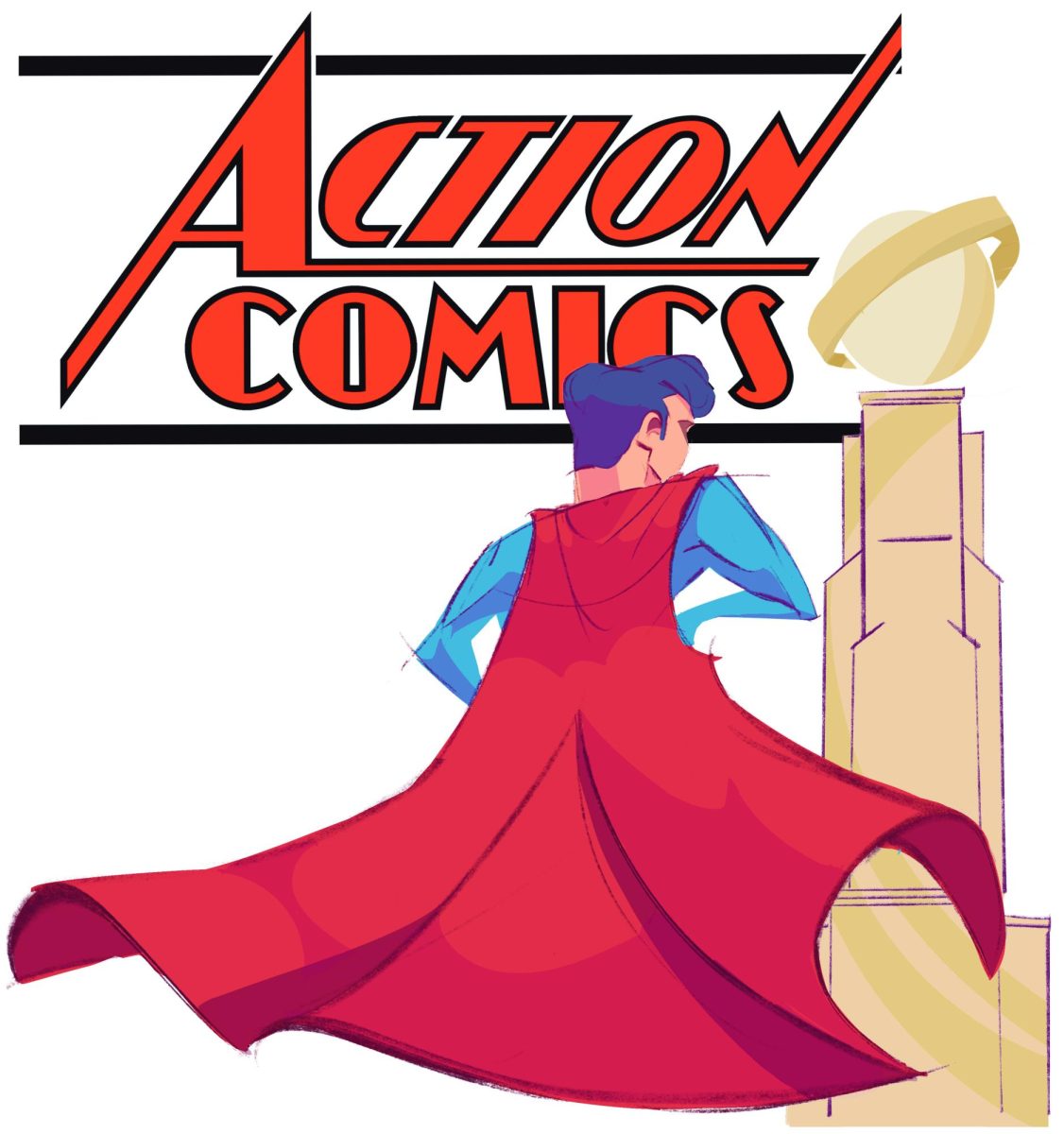The beloved comic and movie series, Marvel, turned 85 years old since its founding in 1940. Comics have been around for a long time; there are beliefs that comics started as far back as 1837 as small, framed cartoons, but the true form of comics did not come until a century later.
National Allied Publications produced “Action Comics #1” introducing the world to the first superhero, Superman, in 1938. This sparked a massive success influencing many others to create superheroes as well.
The strong influence of superheroes caught the attention of Martin Goodman, so he took it upon himself and created Timely Comics in 1939. Timely release its first comic title “Marvel Comics” introducing Marvel’s first hero, The Human Torch. Because of this success surrounding superheroes and comics, they would get categorized into their respective ages.
The Golden Age (1938-1956)
Since comics’ introduction was a quick success and the birth of many heroes, became the golden age. Timely hired a 16-year-old Stan Lee. After the Human Torch, a new hero named Namor the Submariner, followed.
In 1941 editor Jack Siren and artist Jack Kirby created Captain America. His popularity increased since he was written and drawn fighting bad people such as Hitler.
In November 1951, Timely rebranded itself as Atlas Comics.
The Silver Age (1956-1970)
Although they were a successful form of entertainment, comics came under fire as parents, churches, schools and politicians accused of comics promoting harmful content to younger audiences. This led to the creation of Comics Code Authority, which monitored the content comics made.
This ended EC Comics, a company known for producing graphic horror and crime comics. During the CCA era, a reboot of heroes and the creation of new characters, led to the concept of a multiverse.
In 1961, Atlas rebranded to Marvel Comics. During this time, Lee was not very satisfied with his work at Marvel and wanted to leave comics. However, his wife convinced him to try at least one last time, and he and Kirby created The Fantastic Four.
Lee was always precise with his writing style, originality and realism. He had an idea of a teenage superhero with spider powers. He told this idea to his editors, and they responded with, “Teenagers could only be sidekicks and spiders are gross.” They turned down his idea.
But he did it anyway. Spider-Man debuted in “Amazing Fantasy #15,” and issues flew off the shelves. Lee’s editors had a change of mind and focused on Spider-Man releasing “The Amazing Spider-Man #1” in 1963.
Following Spider-Man’s success, Marvel started to produce more editions to the already existing Fantastic Four and a new group of heroes called the X-Men, all under Stan Lee’s supervision.
Following the Silver Age were small, framed ages that are called The Bronze Age in 1970-1984 and The Copper Age in 1984-1991, which morbidly shared similar things but all that can take from these ages is that comics started to discuss deeper topics such as drug abuse, pollution, and issues about race.
The Modern Age (1991-present)
The company wide growth has defined this age as Marvel created the Marvel Cinematic Universe. Branching out from pictures to movies, TV shows and toys. From a simple idea and boost of motivation, Marvel became one of the biggest franchises in entertainment history.








